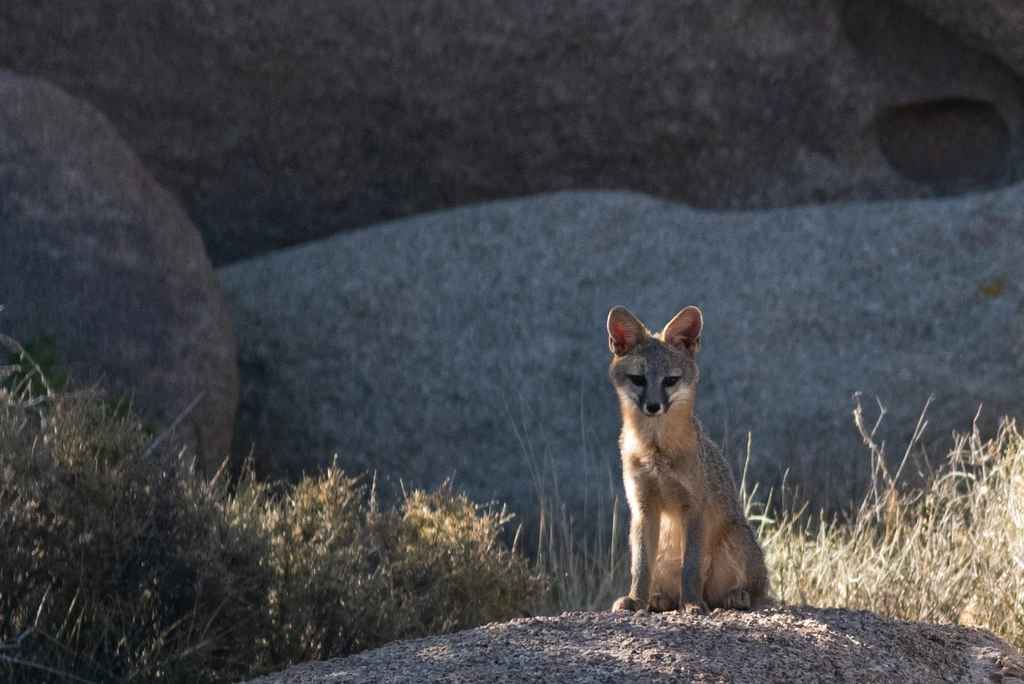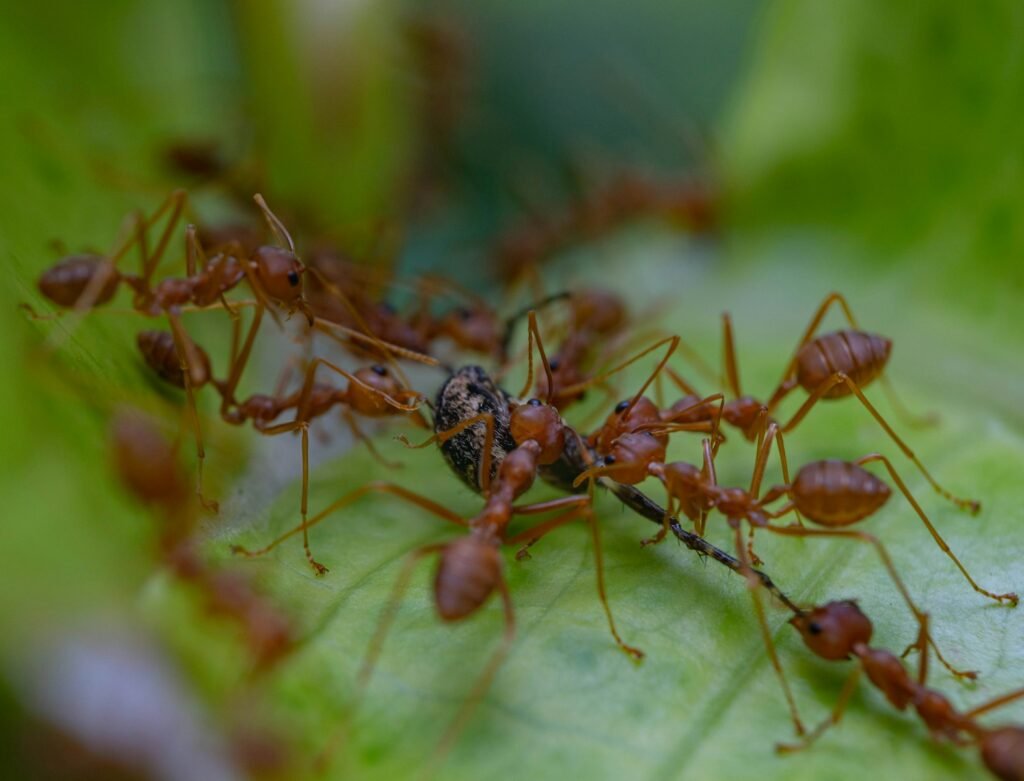Across Nevada’s big-sky basins, a small, night-silvered predator is slipping back into view. After years when heat, drought, and development seemed to smother the desert’s quiet life, biologists are finding renewed signs of the desert kit fox, the region’s native “desert fox.” The turnaround isn’t a miracle; it’s the result of wetter winters, smarter land management, and a burst of low-impact monitoring that finally sees what the desert has been whispering. The story is still unfolding, but the early clues point toward resilience stitched together by science and restraint. In a landscape that often looks empty at noon, recovery begins after dusk.
The Hidden Clues

A paw print about an inch and a half across can rewrite a whole season’s narrative. Survey crews and tribal rangers are reading those faint tracks at dawn, when powder-fine dust records a night’s commute between burrow and hunting ground. Fresh scat, clean diggings at den mouths, and the peeled look of rodent skulls around a dune’s edge all tell the same story: more foxes are traveling, feeding, and raising young. The evidence isn’t loud, but deserts rarely shout. They whisper, and lately they’re whispering of a return.
Field teams string these clues across miles of saltbush and creosote, mapping where foxes den on gentle slopes and where they avoid rocky flats. The pattern has shifted from scattered holdouts to broader, connected patches that make movement less risky and breeding more likely.
Tracks in the Dust: Reading a Quiet Return

Camera traps tucked into wash bottoms now blink with fox silhouettes that used to appear only once in a while. Occupancy models built from those images show more “high-confidence” cells, stitching together corridors that looked broken during the driest years. That fuller picture lines up with anecdotal field notes about pups seen earlier in the season and adults traveling in pairs more regularly.
Small details are doing heavy lifting: more prey remains at den entrances, more latrines refreshed after windy nights, and more cross-desert paths that connect safe cover to hunting grounds. The sum of many small signals points in the same direction.
From Ancient Tools to Modern Science

Desert people have long read wind, shadow, and track as a living ledger, and modern surveys are finally catching up to that sensitivity. Biologists now blend classic sign-tracking with low-disturbance tools like thermal imaging on cool nights, which catches foxes without flooding the landscape in light. Camera traps are filtered by software that can distinguish a kit fox from a coyote with surprising accuracy, lowering false alarms and saving time.
Noninvasive genetics is also reshaping what we know, as scat samples quietly reveal kinship, survival, and movement through the year. Compared with old-school live-trapping, these approaches stress animals less and scale faster, letting scientists follow trends without stepping on them.
Water, Prey, and the Pulse of a Desert

When winter storms soak Nevada’s basins, the desert answers in spring with carpets of annuals and booms of kangaroo rats and pocket mice – the kit fox’s pantry. More prey means females enter breeding season in better condition, litters stand a stronger chance, and juveniles disperse with full bellies and options. In recent wetter years, that ripple effect looks like it reached foxes at the right time.
Behavior tracks the thermometer as well: on punishing summer nights, fox activity shifts even later, linking patches with the coolest airflow. Reproductive success follows that dance between temperature, prey, and safe paths.
The Human Factor: Roads, Lights, and Fences

Recovery has also needed people to do less harm, and sometimes to do better by design. Road projects that retrofit culverts with natural substrate and low ledges become safe tunnels instead of dead ends, and lower nighttime speed limits where wildlife traffic is highest cut down on collisions. Solar and transmission buildouts that leave dark buffers around den clusters reduce light spill, keeping foraging patterns intact while still delivering power.
Even simple choices stack up: fewer rodenticides around rural outbuildings, wildlife-friendly fence bottoms that let small mammals pass, and construction schedules that skip the weeks when pups first emerge. The desert doesn’t demand perfection; it responds to a thousand small mercies that add up to safe passage.
Why It Matters

Kit foxes sit at a crucial rung in the arid food web, moderating rodent surges that can strip seedbanks and stress recovering plants. When they rebound, the desert’s energy budget steadies, and that steadiness ripples to owls, snakes, and hawks that share prey or space. We talk a lot about headline carnivores, but small, nocturnal hunters keep the system’s heartbeat regular, especially in open basins where one bad year can echo into the next.
This comeback also tests our conservation model in places that look empty until you learn how to look. Traditional surveys built for forests often miss the desert’s tempo; the new toolset – quiet, patient, and scaled to vast, sparse ground – shows how to listen better. If we can get it right here, we can get it right in drylands worldwide.
The Future Landscape

The next challenge is planning at the speed of climate whiplash and infrastructure change. Scenario models that fuse precipitation forecasts, vegetation pulses, and prey cycles can flag tomorrow’s strongholds before they’re crowded by roads or arrays. That means siting energy projects on already-disturbed ground, and keeping true habitat – den clusters, travel corridors, night-cooling washes – connected like beads on a string.
Expect more drones flying thermal transects, more AI sorting dark, blurry frames, and more culverts quietly turned into micro-corridors. The goal isn’t a perfect park; it’s a living matrix where foxes can move, breed, and ride out hard years without starting from zero.
Global Perspectives: Arid Carnivores on the Edge

Nevada’s story slots into a wider pattern from the Great Basin to the Karoo, where small desert carnivores rebound when prey, cover, and darkness line up. In many drylands, quick wins come from reducing night light, protecting sandy soils for denning, and easing road mortality at just a few choke points. These are humble fixes that scale, and they respect the fact that arid wildlife budgets energy like a desert shopkeeper counts water.
What travels globally is the method: low-cost, low-disturbance monitoring merged with smart siting and simple behavior changes. The places look different on a map, but the solutions rhyme when the sun goes down and the sand cools.
What You Can Do

Drive slower on desert highways after dark, especially near washes and gentle slopes where wildlife crosses most. If you manage land, swap harmful rodenticides for exclusion and cleanup, and keep fence bottoms high enough for small mammals to pass. Support dark-sky ordinances and shielded lights; a little less glare restores an entire night’s worth of safe movement for creatures that live by starlight.
Report fox sightings and tracks through local wildlife portals or community science apps, and give den mounds a wide berth during spring. The desert remembers every kindness – will your next night drive be one it can survive?

Suhail Ahmed is a passionate digital professional and nature enthusiast with over 8 years of experience in content strategy, SEO, web development, and digital operations. Alongside his freelance journey, Suhail actively contributes to nature and wildlife platforms like Discover Wildlife, where he channels his curiosity for the planet into engaging, educational storytelling.
With a strong background in managing digital ecosystems — from ecommerce stores and WordPress websites to social media and automation — Suhail merges technical precision with creative insight. His content reflects a rare balance: SEO-friendly yet deeply human, data-informed yet emotionally resonant.
Driven by a love for discovery and storytelling, Suhail believes in using digital platforms to amplify causes that matter — especially those protecting Earth’s biodiversity and inspiring sustainable living. Whether he’s managing online projects or crafting wildlife content, his goal remains the same: to inform, inspire, and leave a positive digital footprint.




